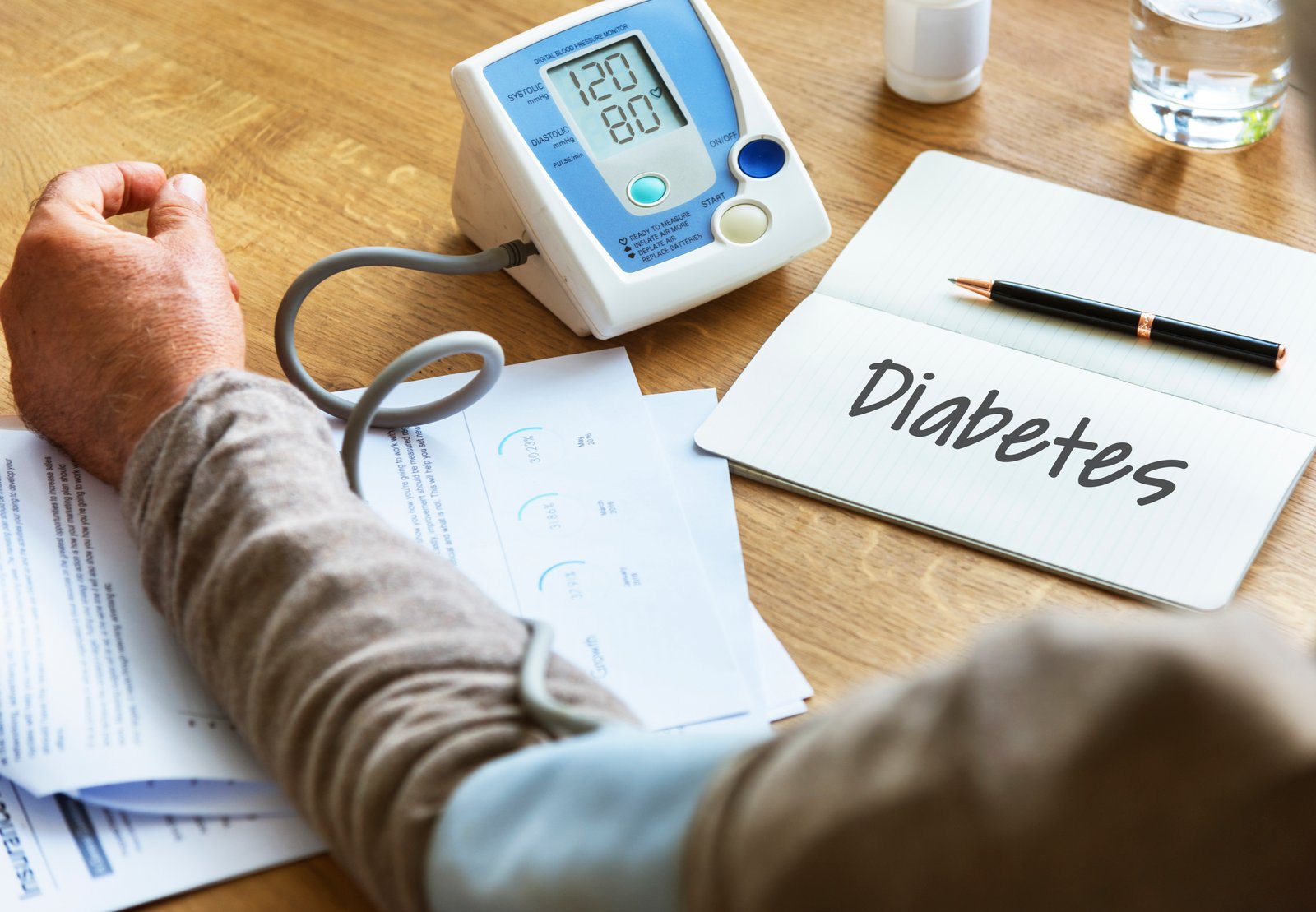
Introduction
Diabetes Mellitus, commonly referred to as diabetes, is a chronic health condition that affects millions of people worldwide. It poses a significant public health challenge, with its prevalence steadily increasing over the years. However, with the right health promotion and disease prevention strategies, we can reduce the burden of diabetes and improve the overall health of our communities. In this blog post, we will explore the importance of diabetes prevention, the role of national programs, lifestyle changes, and health promotion interventions in controlling and preventing this disease.
Understanding Diabetes Mellitus
Before delving into prevention and promotion strategies, let’s take a moment to understand what diabetes mellitus is. Diabetes is a metabolic disorder characterized by elevated blood sugar levels, resulting from the body’s inability to produce enough insulin or effectively use the insulin it does produce. There are two main types of diabetes: Type 1 and Type 2.
- Type 1 Diabetes: This form of diabetes is autoimmune and typically develops during childhood or adolescence. People with Type 1 diabetes require lifelong insulin therapy.
- Type 2 Diabetes: This is the most common form of diabetes, often associated with lifestyle factors like obesity and physical inactivity. It can be managed with lifestyle changes, medication, or insulin therapy in more severe cases.
The Diabetes Prevalence Challenge
Diabetes has reached epidemic proportions, with millions of people affected worldwide. In the United States alone, the Centers for Disease Control and Prevention (CDC) reports that over 34 million people have diabetes, and around 88 million adults have prediabetes, a precursor to the full-blown disease. This alarming prevalence calls for comprehensive efforts in diabetes prevention and health promotion.
National Diabetes Prevention Programs
National diabetes prevention programs play a pivotal role in tackling this widespread health issue. The National Diabetes Prevention Program (NDPP) in the United States, led by the CDC, is a prime example of a successful initiative. It focuses on lifestyle change as a means to prevent or delay Type 2 diabetes among at-risk individuals. The NDPP provides resources, education, and support to encourage people to make healthy choices and reduce their risk of developing diabetes.
The Importance of Public Health
National diabetes prevention programs, like the NDPP, are essential components of public health initiatives. Public health workers and organizations work tirelessly to educate people about diabetes, its risks, and the importance of prevention. By providing accessible information and resources, these programs empower communities to take charge of their health.
Lifestyle Changes for Diabetes Prevention
One of the primary approaches to diabetes prevention is adopting a healthier lifestyle. Lifestyle changes can significantly reduce the risk of developing Type 2 diabetes, even among those with prediabetes. Here are some key lifestyle modifications that can make a difference:
1. Weight Control
Maintaining a healthy weight is crucial in preventing diabetes. Excess body fat, especially around the waistline, increases insulin resistance. By losing weight through a combination of a balanced diet and regular exercise, individuals can significantly reduce their risk.
2. Physical Activity
Regular physical activity is another cornerstone of diabetes prevention. Exercise helps the body use insulin more effectively, reducing blood sugar levels. Aim for at least 150 minutes of moderate-intensity aerobic activity per week, along with strength training exercises.
3. Healthy Diet
A well-balanced diet that includes plenty of fruits, vegetables, whole grains, lean proteins, and healthy fats can help control blood sugar levels. Limiting the consumption of sugary beverages and processed foods is crucial.
4. Smoking Cessation
Smoking is associated with an increased risk of Type 2 diabetes. Quitting smoking not only benefits overall health but also reduces the risk of developing diabetes.
5. Moderate Alcohol Consumption
For those who consume alcohol, moderation is key. Excessive alcohol intake can lead to weight gain and an increased risk of diabetes. Limit alcohol consumption to recommended guidelines.
Health Promotion Interventions
Effective health promotion interventions are essential for reaching communities and individuals with diabetes prevention messages. These interventions are designed to educate, raise awareness, and motivate behavior change. Here are some strategies used in health promotion efforts:
1. Community Health Workers
Community health workers (CHWs) play a critical role in connecting with underserved populations. They serve as trusted liaisons between healthcare providers and community members, providing culturally competent education and support.
2. Health Education
Health education programs are instrumental in disseminating information about diabetes prevention. They often involve workshops, seminars, and educational materials that empower individuals to make informed decisions about their health.
3. Public Health Campaigns
Public health campaigns leverage various media platforms to reach a wider audience. These campaigns utilize television, radio, social media, and community events to deliver messages about diabetes prevention and healthy living.
The Future of Diabetes Prevention
The fight against diabetes mellitus is ongoing, and there is no one-size-fits-all solution. However, through national diabetes prevention programs, lifestyle changes, and health promotion interventions, we can make significant strides in reducing the prevalence of diabetes and its associated health risks. By promoting a healthier lifestyle and fostering public awareness, we can empower people to take control of their health and prevent this chronic disease.
The Role of Technology in Diabetes Prevention
In the modern age, technology has become a powerful tool in diabetes prevention. Various apps, wearable devices, and online platforms have emerged to help individuals track their diet, exercise, and blood sugar levels. These digital tools not only provide real-time feedback but also offer educational resources and support networks. For example, smartphone apps can remind users to take medications, log their meals, and monitor their physical activity. Additionally, telehealth services enable individuals to connect with healthcare professionals remotely, making it easier to receive guidance and support for diabetes prevention.
The Economic Impact of Diabetes Prevention Programs
While the human toll of diabetes is significant, it also places a substantial economic burden on healthcare systems and individuals. Prevention programs, like the National Diabetes Prevention Program, are not only beneficial for public health but can also yield cost savings in the long run. By reducing the number of people who develop diabetes, these programs lower healthcare expenditures related to diabetes treatment, hospitalizations, and complications. Additionally, individuals who prevent diabetes save on personal healthcare costs and may experience improved productivity and quality of life.
Empowering Communities for Sustainable Change
Sustainable change in diabetes prevention requires more than just individual efforts; it demands community engagement and empowerment. Communities can establish local initiatives and support networks that promote healthy living and diabetes awareness. By creating safe spaces for physical activity, organizing cooking classes, or hosting health fairs, communities can foster a culture of prevention. Collaborative efforts involving schools, workplaces, religious institutions, and local governments can lead to lasting change in lifestyle and behavior, ultimately reducing the prevalence of diabetes in the long term.
Conclusion
In conclusion, diabetes mellitus is a growing health concern affecting millions of people globally. The importance of prevention and health promotion cannot be overstated. National diabetes prevention programs, such as the National Diabetes Prevention Program in the United States, are essential in addressing the widespread prevalence of diabetes. Lifestyle changes, including weight control, physical activity, and a healthy diet, play a significant role in reducing the risk of Type 2 diabetes. Health promotion interventions, such as community health workers and public health campaigns, are instrumental in disseminating information and empowering individuals to make healthier choices.
Preventing diabetes and promoting overall health is a collective effort that requires the collaboration of healthcare professionals, public health organizations, communities, and individuals. By working together, we can reduce the burden of diabetes and improve the well-being of our society. Remember, your health is your most valuable asset, and investing in prevention today can lead to a healthier future for all.
Let’s join hands in the fight against diabetes, promote a healthier lifestyle, and educate our communities about the importance of prevention. Together, we can make a significant impact and pave the way for a healthier, diabetes-free world.



